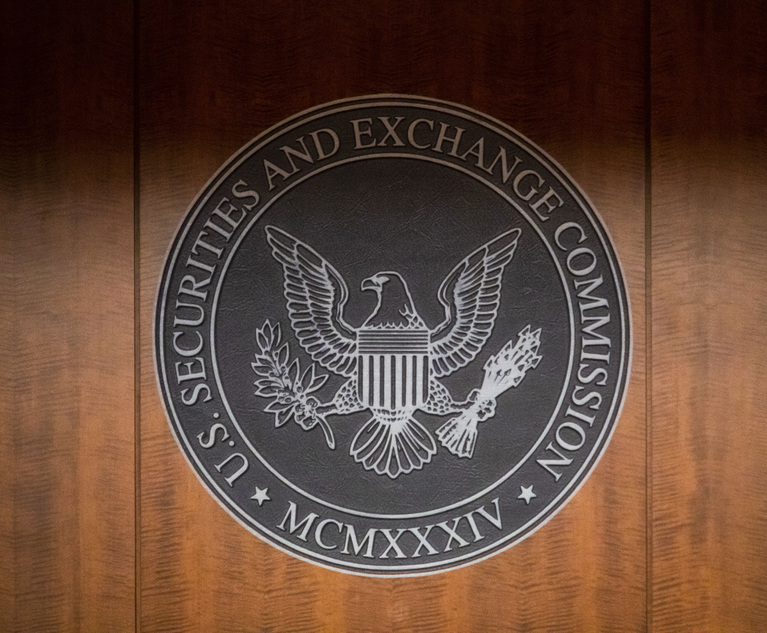This article is Part 2 of a three-part series discussing recent trends that warrant public companies to consider whether their insider trading policies should be updated. Part 1 provided practical guidance on mitigating risks associated with employees who may inadvertently share confidential information with others. Part 2 discusses practical suggestions for public companies to comply with Securities and Exchange Commission guidance related to how insider trading policies should address cybersecurity risks. Part 3 will provide a primer on potential legislative changes involving stock trading plans (Rule 10b5-1 Trading Plans) routinely relied upon by corporate insiders to trade their company’s stock legally.
Cybersecurity-Related Incidents Should Be Covered by Insider Trading Policies


 (Photo: Who is Danny/Shutterstock.com)
(Photo: Who is Danny/Shutterstock.com)







